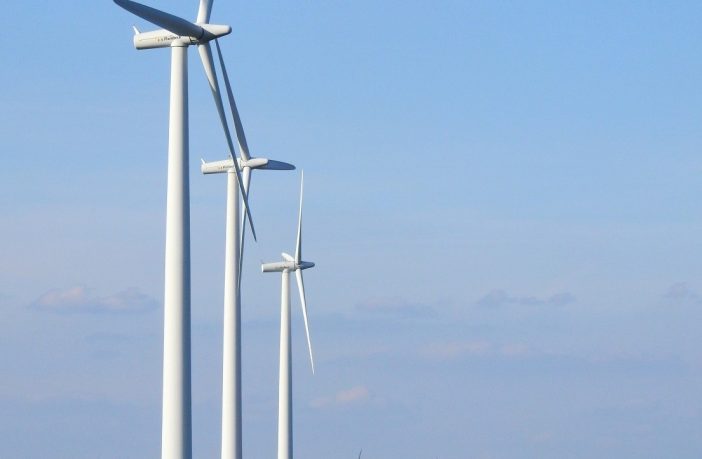- The African Trade Insurance Agency has provided a 10-year standby revolving and on-demand insurance cover to protect against debt default by the national off-taker.
- The Kipeto project is Kenya’s second largest wind farm with a generation capacity of 100MW.
- The deal paves the way for removing some of the key challenges including payment delays faced by Independent Power Producers, investors and project sponsors working in sub-Saharan Africa.
The African Trade Insurance Agency (ATI) today announced that it has played a critical role in unlocking the financing for Kipeto Wind Power, Kenya’s newest wind farm. The recent launch of the Kipeto Project is expected to significantly move the needle on Kenya’s renewable wind energy ambitions, which is aligned with the governments Vision 2030 plan to ramp up renewables.
The Kipeto project, originally developed by Craftskills, a Kenyan developer and minority equity shareholder, is Kenya’s second largest wind farm with a generation capacity of 100MW.
The site is situated southwest of Nairobi on a 70km2 area of land. The energy generated from the Kipeto wind farm will be sold exclusively to the national off-taker, Kenya Power and Lighting Company (KPLC), under a 20-year power purchase agreement.
Kipeto’s pivotal role in the government’s energy strategy was on full display during President Kenyatta’s meeting this past August with President Trump in Washington. During the visit, Kenyatta witnessed the signing of the $233 million financing agreement by the Overseas Private Investment Corporation (OPIC) – the US government ’s development finance institution.
As the sole project financier, OPIC, along with the project sponsor, Actis, requested the African Trade Insurance Agency (ATI) to provide a 10-year standby revolving and on-demand insurance cover to rotect the project against the risk of payment delays by the national off-taker.
“OPIC is proud to support the construction and operation of the Kipeto wind farm, which will add reliable energy to Kenya’s national grid,” said OPIC President and Chief Executive Officer Ray W. Washburne.
“By helping meet increasing power demand and delivering positive ripple effects to nearly every sector of the economy, this project – which also supports the mission of Power Africa – will be a highly impactful catalyst of economic growth and regional stability,” Washburne added.
Lisa Pinsley, Director in the Energy team at Actis, said: ”ATI fulfilled a key role in the financing of the project, providing a critical insurance product to mitigate short-term liquidity issues. ATI has a well regarded and rapidly growing presence on the African continent particularly in the energy sector.”
“This project highlights ATI’s strategic shift and growing significance in Africa’s energy space. In the last two years we launched two potentially transformative initiatives – the Regional Liquidity Support Facility (RLSF), the African Energy Guarantee Facility (AEGF), and we’ll soon roll out a related Transparency Tool.
Together these facilities will add over $1 billion of insurance capacity to renewable energy projects in Africa. Our aim is to provide viable solutions for African governments. We think these solutions will go a long way to supporting the sector,” notes George Otieno, ATI’s Chief Executive Officer.
ATI has partnered with the European Investment Bank (EIB), Germany’s Development Bank, KfW and Munich Re to offer investors and financiers innovative solutions in sub-Saharan Africa’s energy sector. Together the RLSF and AEGF solutions are removing some of the key challenges including payment delays faced by Independent Power Producers, investors and project sponsors working in sub-Saharan Africa.
ESI News Desk
This article was originally published on ESI Africa and is republished with permission with minor editorial changes. Link to original















